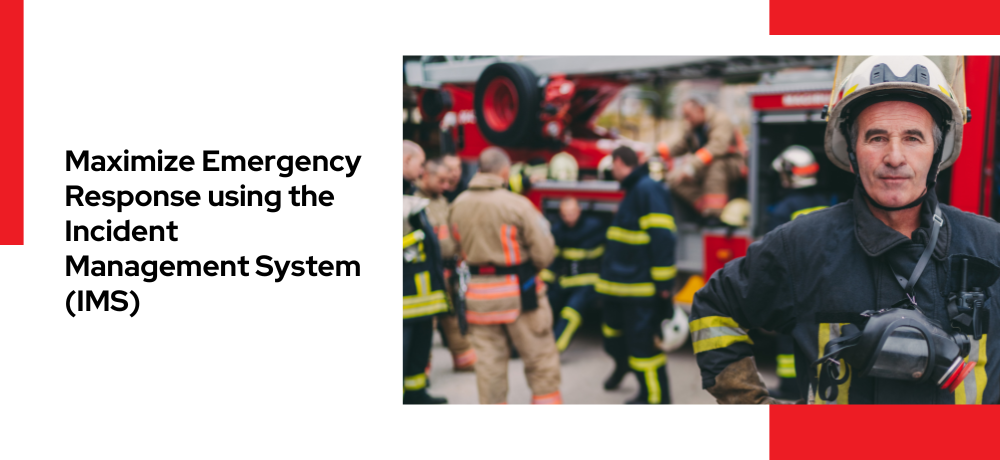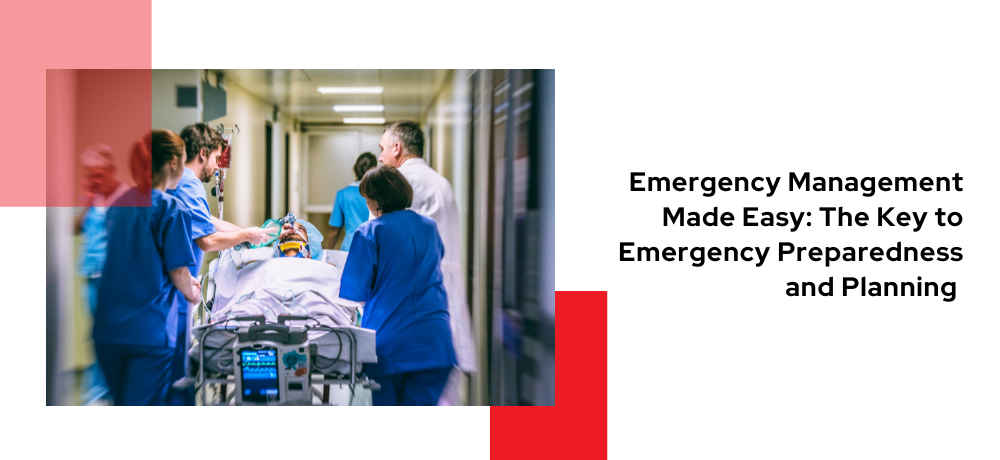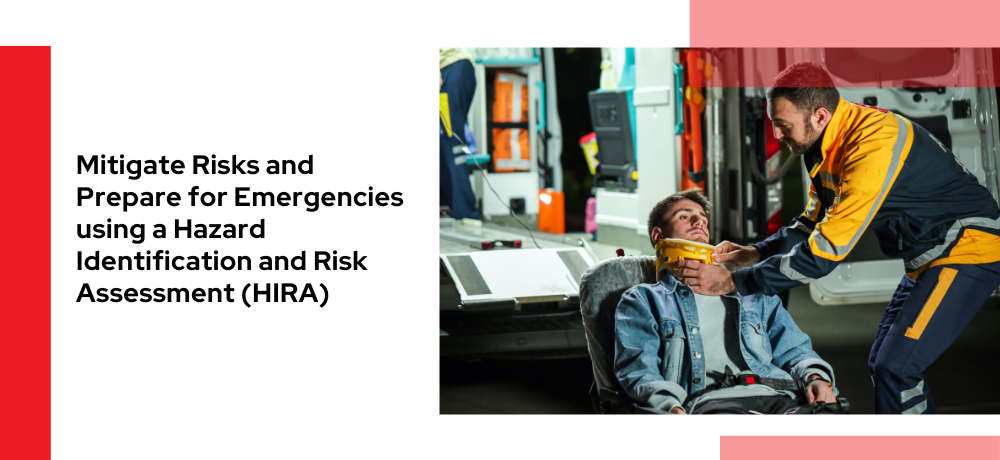In today's rapidly evolving business landscape, ensuring robust emergency preparedness is more critical than ever. Discover how cloud-based solutions are revolutionizing emergency management, offering businesses unparalleled flexibility and scalability. These innovative technologies not only enhance business safety but also ensure compliance with the latest safety regulations. By integrating cloud-based emergency management systems into your existing infrastructure, your organization can be better equipped to handle unexpected situations with efficiency and confidence.
-
Revolutionizing Emergency Preparedness: Cloud-Based Solutions for Modern Businesses
CLICK HERE TO READ THE FULL ARTICLE »
-
Maximize Emergency Response using the Incident Management System (IMS)

Having an established IMS-based emergency management program can make all the difference in minimizing the impact of an incident and ensuring an effective and efficient recovery. In this blog, we'll explore how the Incident Management System (IMS) can help organizations maximize their response, ensure the health and safety of responders, and communicate effectively with staff, customers, community partners, government, and 9-1-1 Emergency Services.
CLICK HERE TO READ THE FULL ARTICLE »
-
Understanding Situational Awareness

How an organization manages an incident is often determined by its ability to achieve accurate and timely Situational Awareness. Situational Awareness is a measure of how well the people in-charge understand what is happening as the incident evolves from the onset to the end when the All-Clear is given. It is imperative to understand the scope of an emergency to prioritize response objectives and ensure the effective and efficient use of resources.
CLICK HERE TO READ THE FULL ARTICLE »
-
Emergency Management Made Easy: The Key to Emergency Preparedness and Planning

Natural disasters, severe weather, pandemics, and accidental and intentional human-made emergencies can disrupt business operations and cause significant losses. To minimize the impact of such events on business operations and ensure the health and safety of staff, organizations need to have an Emergency Management Program in place. This program should include measures to identify and mitigate hazards and threats and establish response plans to facilitate a quick recovery.
CLICK HERE TO READ THE FULL ARTICLE »
-
Mitigate Risks and Prepare for Emergencies Using a Hazard Identification and Risk Assessment (HIRA)

Natural and human-made emergencies can strike any organization at any time. Whether it's a pandemic, tornado, winter storm, cyber-attack, train derailment, fire, or an act of violence, the impact can be devastating if the organization is not adequately prepared. In this Blog, we will discuss how a Hazard Identification and Risk Assessment (HIRA) can help organizations identify their risks to better prepare for disasters.
CLICK HERE TO READ THE FULL ARTICLE »








